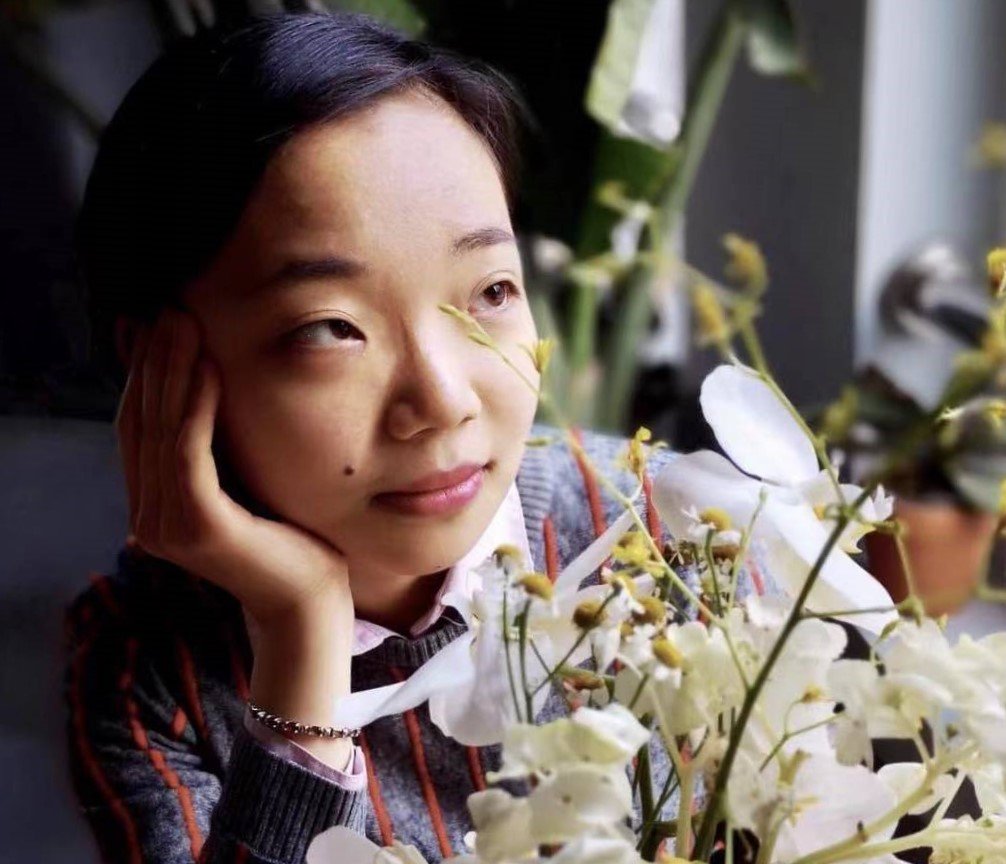MACAU ALMOND FLOUR CAKE (GF)
MAIN INGREDIENTS: Mung bean flour, almond flour, almond, butter, and sugar.
HISTORY: According to anecdotes, during the Yuan Dynasty and the early Ming Dynasty, the rulers of the Yuan Dynasty continued to collect various taxes from the people. The people were oppressed and plundered more seriously. There were endless uprisings all over the country. The most known uprising army was led by Zhu Yuanzhang (later the founding emperor of the Ming Dynasty). Zhu’s wife, Ma, helped with the meal supplies to Zhu’s uprising army in the early days. Due to the chaos of war, the army had to travel around to fight, and the food supply was often not enough. Ma was a smart lady. She created food for the sergeants to carry with. They were dry food and were able to keep long time. Some dry food was made of wheat, mung beans, soybeans and other edible grains mixed together. These ingredients were grounded into powder and then made into Chinese bread. In later days, the culinary people streamlined the dough ingredients, and added fillings into the Chinese bread. The Chinese bread than was not only fulfilling but also tasty. This Chinese bread was the formation of the later almond flour cakes (or bing 饼).
After countless years, until the beginning of the last century, the almond flour cakes were further developed and expanded through the establishment of Liji Bakery in Macau. After a century of cultivating these cakes, Liji Bakery has grown from a small shop to a century-old brand both at home and abroad. The shop also developed more than 20 varieties of Macau almond flour cakes, hundreds of production methods, hundreds of almond flour cakes with different flavors. Among these varieties, the most original ones were with the crunchy almond nuts mix. With the traditional handcrafts, ancient secret recipes, as well as the modern advanced production techniques, Macau almond flour cakes have traveled and become featured products throughout East Asia, Europe, the States, and other regions for a long time.
Blog prepared and edited by Yuxuan Cai
History Ph.D Candidate at University of Cambridge

